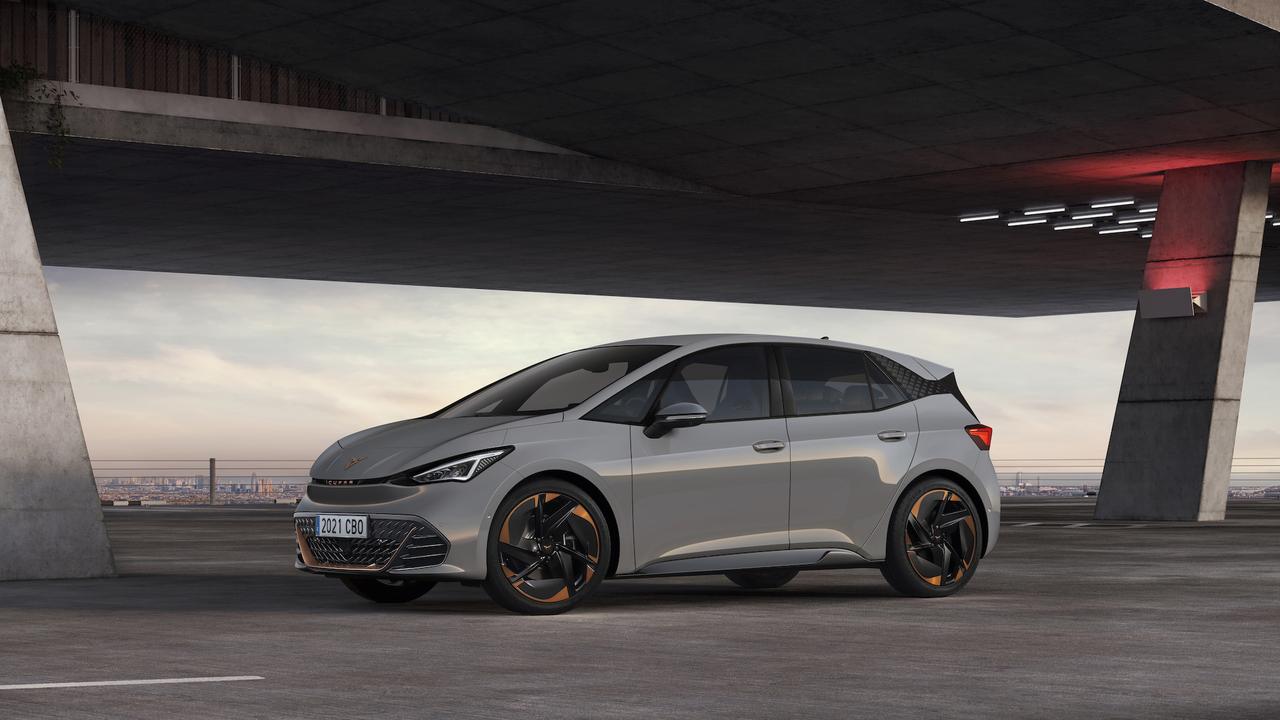How much hard driving can EV really handle?
If you love driving hard and fast, your next supercar should be an EV, as electric motors are designed to last the life of the vehicle.
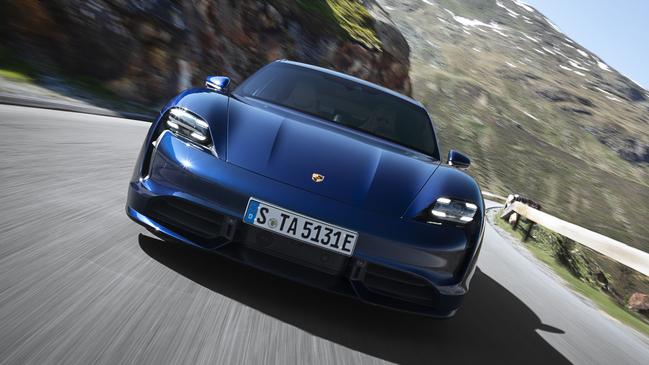
Drive a petrol-powered supercar hard and fast and you’ll require more frequent servicing and likely shorten the life of the engine and other major components. Everything from seals and bearings to valves and transmission components can lose their sheen after repeated hot laps.
Electric vehicles will also experience increased wear to some components, but not necessarily to the electrical ones.
Electric motors are relatively simple items that require no maintenance and are designed to last the life of the vehicle.
ELECTRIC VEHICLES SPECIAL REPORT
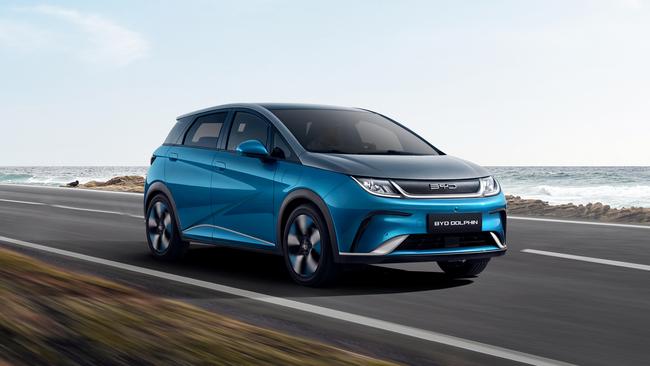
EVs get backing in Labor’s federal budget
The 2023 federal budget has been a landmark win for electric vehicle industry in Australia, but lobbyists say there is more to be done.

Cars get cheaper as key costs fall Cheaper cars as costs fall
The cost to buy an electric vehicle is beginning to come down, making EVs more accessible than ever, but what does this mean automotive brands?

Infrastructure a big budget winner
The 2023 budget included a huge win for EV infrastructure, with a national fast-charging network and an investment in alternative fuels on the forefront.

EVs are getting bigger and better
Large SUVs are loved by families around Australia, and the electric SUV market is expected to explode in response.
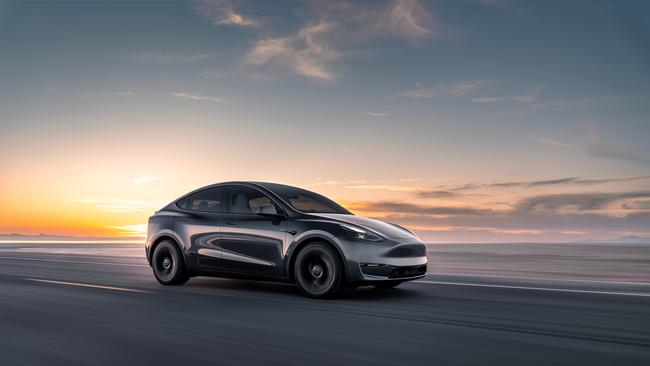
Luxury sits up high as sales boom
Electric vehicles are quickly becoming the favourite of the luxury buyer with 158 per cent boom in sales in the first quarter of the year.

Haters gonna hate but the market won’t stop moving
The electric vehicle market continues to boom, despite the naysayers.
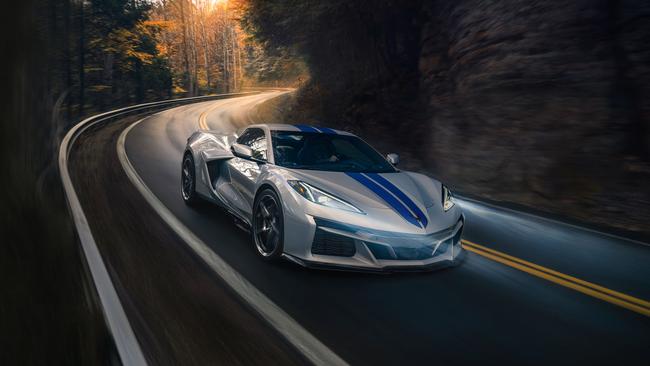
How EVs are changing sports cars
Electric motors are defining the world of sports cars, with acceleration speeds that rival the likes of Formula One.

Audi gets room to grow with new platform
Audi’s Premium Platform Electric (PPE) will support Audi to release 10 new EVs in two years as they move towards phasing out internal-combustion engines in 2027.

The ultimate buy guide for EVs
The world of EVs is expanding so quickly it can be hard to keep up, so here’s what to look for when buying an electric vehicle.
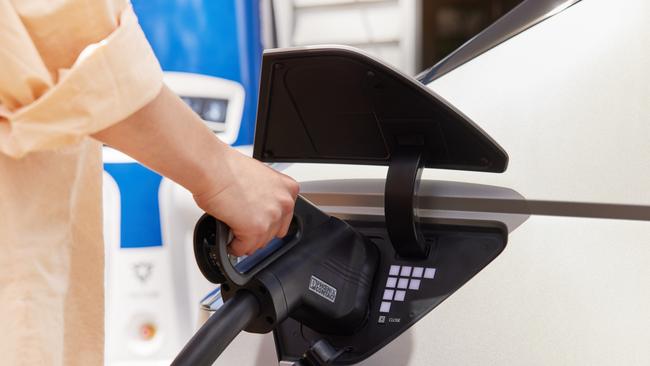
The eight must-know EV facts
EVs can make motoring simpler, but there is a learning curve that it pays to get on top of. Here are eight things you may not know about electric cars.

New laws to stop ‘ICE-blocking’
‘ICE-blocking’, parking a combustion-engined car in an electric-vehicle charging spot, will soon land you in hot water with states across Australia introducing huge fines.

Holiday hotspots due for a jolt
State governments are pouring hundreds of millions into EV infrastructure, it’s about time they look towards the holiday hotspots that are being inundated with EV owners.

Tesla downloads new revenue model in over-the-air upgrades
Tesla rolls out a new model that allows owners to buy upgrades directly from their vehicle’s centre dash screen in a bid to increase revenue.

Would this EV tempt to you buy a Saab again?
Saab is back. Well, as NEVS, and they’re returning with a stunning electric concept car, The Emily GT but they need investors to bring it to life.

Can battery metals be sourced sustainably?
What are the environmental costs behind sourcing the metals for the batteries that power our electric vehicles?

Oil use down as EVs rise
New research from the International Energy Agency has found that demand for oil is down as EVs become the driving force behind the new global energy economy.

Are EVs really cleaner? It depends where you live
Are electric vehicles really the answer to the rising CO2 rates? Or are they not as clean as we thought? Well it depends where you live.

‘Blade’ battery to cut range anxiety
Development of EV batteries is advancing everyday, with batteries capable of more than 1000km of driving on a single charge soon to be hitting the roads.

Does hard driving mean hard wearing?
If you love driving hard and fast, your next supercar should be an EV, as electric motors are designed to last the life of the vehicle.
According to Porsche, which sells the fastest EV on sale in Australia, the Taycan Turbo S, its motors have been engineered to regularly deliver supercar acceleration.
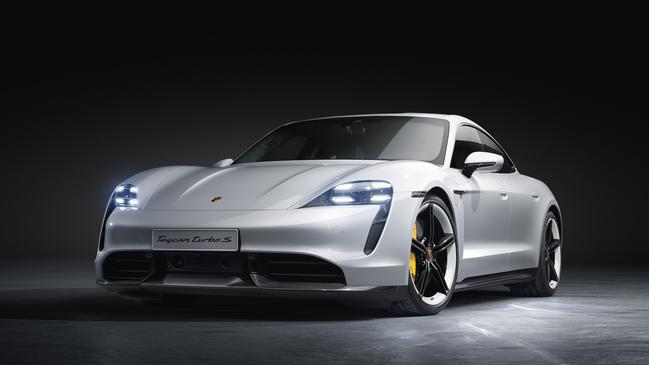
Porsche refers to “advanced thermal management” systems that reduce excessive wear and tear.
“As with any powerful electric motor, heat is generated during operation,” said a Porsche spokesperson. “This heat, if not managed effectively, would cause wear and tear.
“In the case of the Taycan, it can effectively regulate the temperature in real-time, making it a reliable and practical choice for performance-conscious drivers.”
The more expensive part of an EV is its battery pack, a component that is also the most advanced and susceptible to degradation. All batteries lose their ability to hold charge over time, with most manufacturers guaranteeing at least 70 per cent of the original capacity after eight years.
One of the main factors with battery degradation is how many charging cycles it has completed and how much power was delivered when charging; higher-powered charging generates more heat, something that can incrementally add to degradation.
Kia points out that the “industry-wide lifespan of a battery is directly related to their total number of charge cycles based on how much the battery has been discharged”.
Clearly a performance car like the Kia EV6 GT being driven hard will be using more energy and, therefore, require charging sooner.
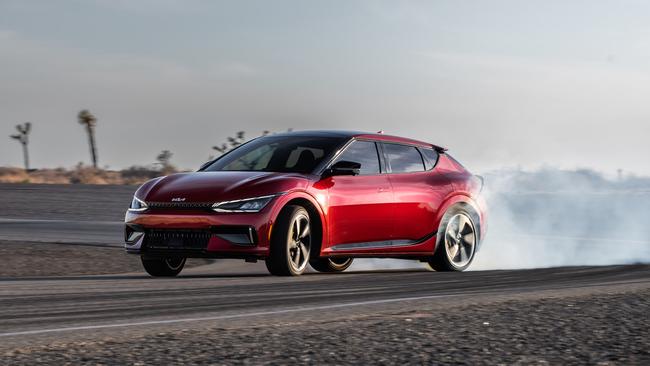
By that simple measure the battery of a performance car being driven in anger regularly will likely degrade slightly sooner than one that has not been charged as much.
But, again, it’s temperature management that is critical to the batteries in a high-performance electric car.
“Modern EVs utilise advanced battery management software and state-of-the-art thermal-management systems, which significantly reduces the stress placed on electric motors during performance driving,” says Porsche, adding that drivers can “experience the performance capabilities of their vehicles without fear of excessive reduction of lifespan or increased maintenance”.
So, the short story is that while high-performance electric cars will ultimately experience increased wear and tear with repeated vigorous driving, the effects are likely to be much less than that same kind of enthusiast behaviour would have on a petrol engine.
So, don’t be afraid to have some fun!

